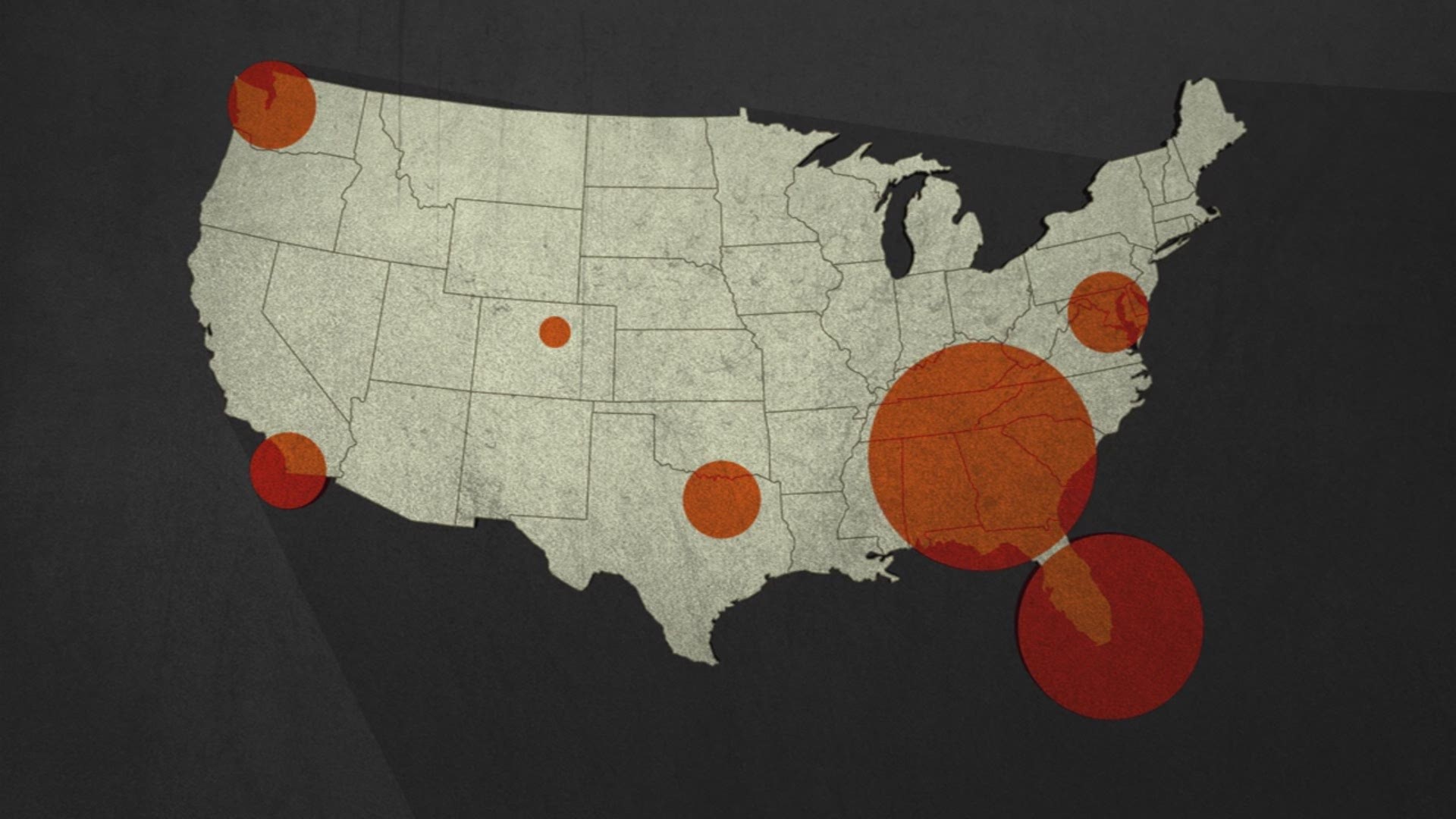Americans care a lot about money.
We talk about jobs and taxes and pay checks, but here’s what we don’t talk about: right here, in the United States, there is a thriving underground economy based on selling children for sex.
If sex sells, then business is good. It was almost a billion dollars, according to an Urban Institute 2014 study. But these dirty profits come at a huge cost.
Watch the full Selling Girls series in the playlist at the bottom.
This is how sex traffickers do business. It’s all about supply and demand.
First, they need someone to sell. Traffickers target young people in their own homes, by combing through social media profiles, looking to spark a conversation. The trafficker targets pre-teens and teens by finding something to bond over and earn their trust.
It could be the promise of a modeling career. The trafficker might buy them drugs or alcohol or provide protection from an already dangerous situation at home.
Traffickers gain psychological control and use violent threats to force victims to stay. Once the child is isolated from family and friends, the trafficker puts them up for sale. This is where the demand comes in.
Traffickers use internet sites to connect with buyers or “johns.” But calling them johns is too polite. They are abusers. They are purchasing kids for sex.
So who are these buyers?
Court records show they’ve been teachers, pastors, cops and judges. They could be the guy next door.
The trafficker gets the money. The buyer gets the sex. The child victim gets exploited and sold.
So how is this different from prostitution, pornography or other sexual acts? These victims are minors. Legally, they cannot consent.
This isn’t the movies. It’s not like “Pretty Woman” or “Taken.” Richard Gere is not the buyer. Liam Neeson isn’t there to save the day.
This is sexual exploitation.
This is trafficking.
This is modern day slavery.
It’s selling girls.

